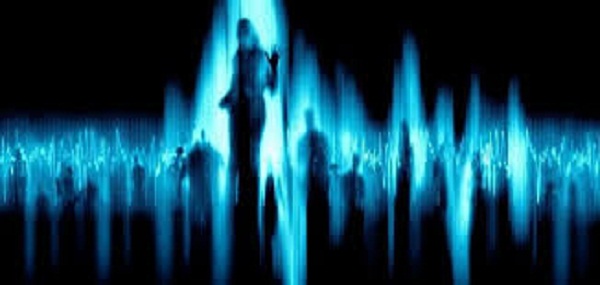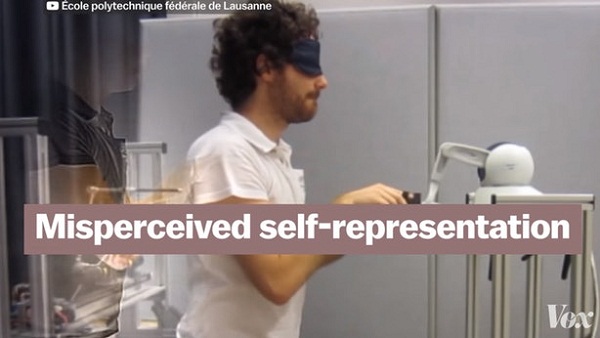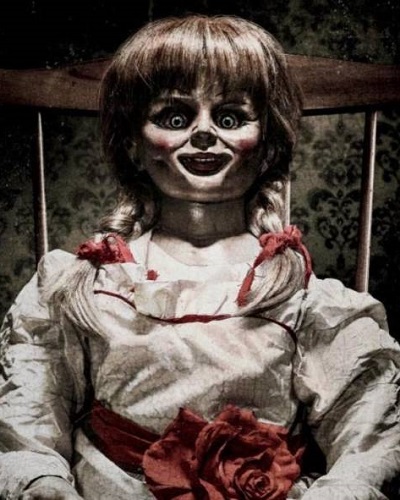Does Ghost Exist? Is There Any Empirical And Scientific Proof Of Their Existence? And What Science Has To Say On That Matter? Dive In To Know
- With the increase in the popularity of the horror movie genre, so has the popularity of ghosts.
- However, there is not much known solid evidence regarding their existence.
- In this session, we will dive into the debate over the existence of the ghost.
Backdrop
If you believe that the dead can return to haunt the living, then you’re not all alone. According to one survey, around 45% of Americans believe in ghosts, with 28% claiming to actually have one.
As far back as human life can be traced, there is evidence that almost every culture has expressed curiosity about what comes after death. While many people do believe in them, is there actually any proof that the ghosts exist?

Experts on the matter
Joe Nickell, a paranormal investigator, has been trying to answer that question for almost half-century. He is a senior research fellow at the Committee for Skeptical Inquiry.
“I’m the world’s only full-time, salaried, professional, science-based paranormal investigator. I’m looking to explain a case, not debunk it, not promote it. Explain it.”
Nickell also draws from a wide variety of disciplines for investigating his cases.
“I mean, at one time or another I’ve used linguistic analysis, I’ve used blood pattern analysis, psychological insights. Nearly anything could be used if it would illuminate a particular case.”

When asked in all those cases in his almost five decades of investigation if he ever found anything that would make him believe in ghosts, Nickell said no.
“Not only have I never found a single case that I thought was a proof of a ghost, neither has science. Not a single ghost or haunting has been authenticated by science.”
Defining Ghosts
The part of what makes it difficult to investigate paranormal cases is all the different ways people define ‘ghosts’. For example:
Books flying off a bookshelf? – Ghost.
Are orbs in the photos? – Ghost.
Mysterious footsteps in the attic? – Ghost.
All of that would-be substantiation that ghosts exist consists mainly of ambiguous photographs, videos, and first-hand accounts, which while fun and eerie, are not exactly the scientific proof on the matter.
Many ghost hunters often do use various contraptions like EMF meters, a device that measures electromagnetic fields, which ghosts can supposedly manipulate.
But to date, nobody has been able to explain exactly what the link is, and most scientists are pretty cynical about this stuff.
So, even though there might not be any pragmatic, scientific evidence that shows the existence of ghosts, that does not actually mean that you are idiotic if you think you see one.
Some Scientific Explanations Of Paranormal Experience
There are plethoras of logical clarifications for paranormal experiences. Scientists have often explained the reason behind some paranormal experiences.
Infrasound –
One of the explanations is infrasound. It is a sound lying below the minimum audible 20 Hz frequency, which can be produced by many things, including severe weather, humpback whales, or certain types of machinery like engines or fans.
Some researchers have hypothesized that prolonged exposure to infrasound can induce feelings of depression, chills, and the sense of somebody’s presence in your periphery. Infrasound can even cause visual hallucinations.

“At the frequency of 18 Hz, it resonates with the structure of the human eyeball. And if you have a sound that resonates with something material, it will make the material vibrate at that frequency,”
explains astrophysicist Neil deGrasse Tyson,
“And when that happens to you, your eye begins to see things that are in fact not there.”
You may also like to read Keep yourself updated: Scarlett Johansson’s new flame, her relationship history, and her divorces
Misperceived Self-Representation-
Likewise, Swiss scientists have also been able to conjure up a ghost in a lab. They made a robot that imitates the movement of the subject’s hands with a mechanical arm that touches your back, but with a trivial lag.
When you delay the movement, it creates an inimitable impression for the subjects of a ghostly presence in the room.
“This time it really felt like I was playing with somebody, something,”
one of the participants said,
“So it wasn’t myself that was poking me in the back, but it was as if I was playing with an animal, a monkey, that was poking me in the back or something like that.”

This experiment highlights how the manipulation of certain parts of the brain can produce what researcher Olaf Blanke calls ‘Misperceived self-representation.’
Such an experience can easily be misapprehended as a ghostly presence. Sometimes even just a person’s state of awareness can make them feel or see presence.
Sleep Paralysis –
Nickell says,
“We can actually have people see ghosts, and those tend to be waking dreams that occur in the twilight between being fully asleep and fully awake.”

These waking dreams, called sleep paralysis, are experienced by about 8% of people at some point in their lifetime. In this state, you feel like you are awake, but you are unable to move your body.
This is often accompanied by terrifying visuals like shadows, people, or even monsters, which if you didn’t know was happening, would easily be easy to confuse for having seen a ghost.
Emotion-Based Explanation
Another possible explanation for ghostly sightings is grief. One study found that up to 60% of people that lose a spouse claim to see or hear their dead loved ones.
In his book about hallucinations, neurologist Oliver Sacks said that seeing the face of a deceased loved one, can actually help you cope with your grief.
“This sort of hallucination is not frightening; it’s often very comforting. It seems to be a part of the mourning process,”
said Sacks, adding,
“A sudden hole has been left in one’s life, and this helps it to heal over.”

Nickell says,
“There is no question that most of the paranormal promote something very positive. There are a few exceptions, but all have to do with our hopes and our fears.
We are hopeful that ghosts exist because then we don’t really die. Our loved ones are not gone from us; they are real and alive. I remember when my grandmother died and how much I did not want that to be the case.
But the ghost idea, the idea that we just get up out of our bodies and continue on, is powerful. Because who doesn’t have an instance in which he or she would say, I just wish I could’ve told my mother this one thing. Or I wish my father knew I wasn’t really mad at him that time.”
So, ghosts may not actually exist but, that does not mean that you might not see one.
Article Source: A Video By Dean Peterson

